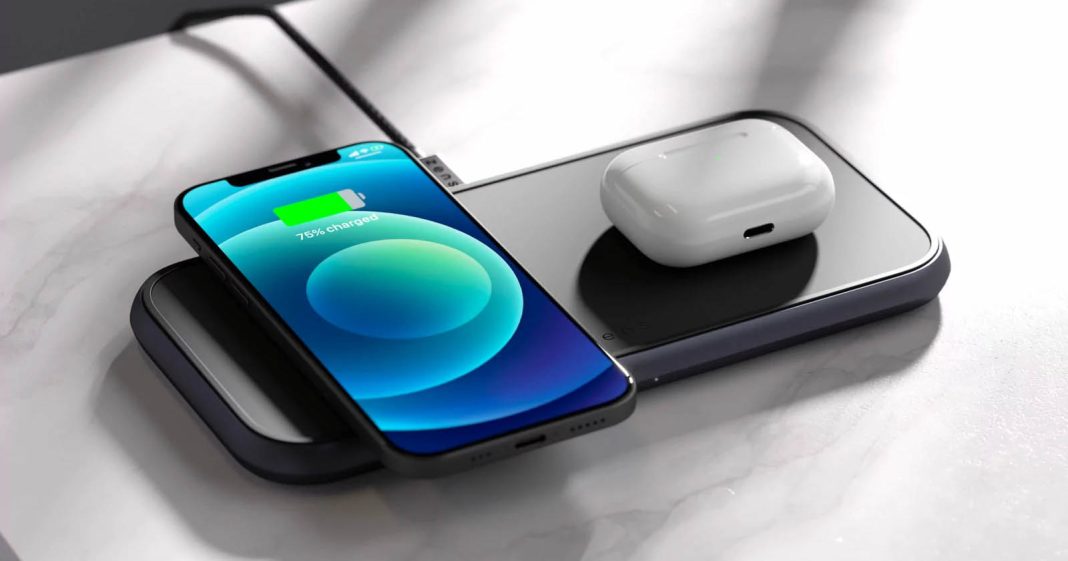In the era of ubiquitous smart devices, the wireless charger has emerged as a game-changing technology. This ingenious innovation has revolutionized the way we power our gadgets, offering convenience and efficiency in equal measure. Let’s delve into the world of cordless charging and explore its myriad benefits and applications.

The Evolution of Wireless Charging
From Nikola Tesla to Modern Day
The concept of wireless power transfer dates back to the late 19th century when Nikola Tesla first demonstrated it. However, it wasn’t until the 21st century that this technology became practical for everyday use. The advent of smartphones and wearables catalyzed the development of wireless charging solutions, leading to the creation of industry standards like Qi (pronounced “chee”).
How Wireless Charging Works
At its core, wireless charging utilizes electromagnetic induction. A transmitter coil in the charging pad creates an oscillating magnetic field. This field induces an electric current in a receiver coil within the device, which is then converted into direct current to charge the battery. This process, known as inductive charging, forms the basis of most wireless charging systems today.
The Advantages of Cutting the Cord
Convenience Redefined
The most apparent benefit of wireless chargers is their convenience. No more fumbling with cables or searching for the right adapter. Simply place your device on the charging pad, and voilà! The charging begins. This seamless experience is particularly beneficial in public spaces like airports, cafes, and offices, where multiple users can share a single charging station.
Enhanced Durability and Longevity
Wireless charging reduces wear and tear on charging ports, a common point of failure in many devices. By eliminating the need for frequent plugging and unplugging, it extends the lifespan of both the device and the charging apparatus. This durability factor makes wireless charging an attractive option for high-traffic areas and commercial settings.
The Technological Landscape
Resonant Charging: The Next Frontier
While inductive charging dominates the current market, resonant charging technology is poised to usher in a new era of wireless power transfer. This advanced method allows for charging over greater distances and through various materials, potentially enabling entire rooms to become charging zones.
Integration into Everyday Objects
The miniaturization of wireless charging components has led to their integration into furniture, vehicles, and even clothing. Imagine a world where your office desk, car console, or jacket pocket can charge your devices effortlessly. This amalgamation of technology and everyday objects is rapidly transforming our living and working spaces.
Challenges and Future Prospects
Despite its numerous advantages, wireless charging technology faces some hurdles. Efficiency losses during power transfer and slower charging speeds compared to wired alternatives are ongoing concerns. However, continuous research and development are addressing these issues, with promising advancements on the horizon.
The future of wireless charging looks bright, with potential applications extending beyond consumer electronics. From electric vehicles to medical implants, the technology’s versatility opens up a plethora of possibilities. As we move towards a more connected and cable-free world, wireless charging will undoubtedly play a pivotal role in shaping our technological landscape.
In conclusion, wireless chargers represent a significant leap forward in how we power our devices. Their convenience, durability, and potential for integration make them an indispensable part of our increasingly digital lives. As the technology continues to evolve, we can expect even more innovative applications that will further cement the place of wireless charging in our daily routines.